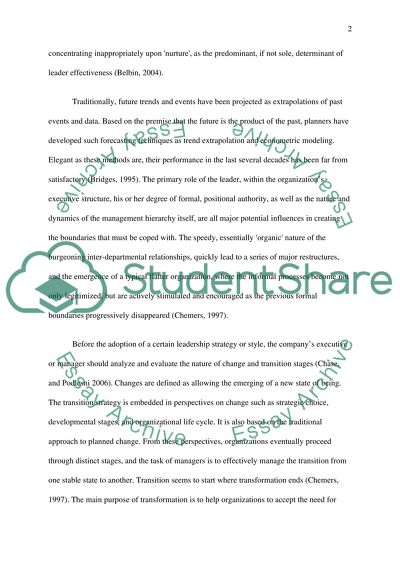Cite this document
(“Leading a team through a period of change Essay”, n.d.)
Retrieved from https://studentshare.org/miscellaneous/1513101-leading-a-team-through-a-period-of-change
Retrieved from https://studentshare.org/miscellaneous/1513101-leading-a-team-through-a-period-of-change
(Leading a Team through a Period of Change Essay)
https://studentshare.org/miscellaneous/1513101-leading-a-team-through-a-period-of-change.
https://studentshare.org/miscellaneous/1513101-leading-a-team-through-a-period-of-change.
“Leading a Team through a Period of Change Essay”, n.d. https://studentshare.org/miscellaneous/1513101-leading-a-team-through-a-period-of-change.


